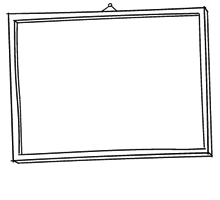When analyzing what constitutes a picture, it becomes evident that the distinction between perception and imagination plays a crucial role. Perception involves the limitations of sensory data, where one can only see what is physically present. On the other hand, imagination allows for envisioning objects that are not currently in view. The combination of both perception and imagination forms the essence of a picture, acting as a representation that triggers imaginative interpretations. The medium used to depict an object influences how it is imagined, highlighting the unique strength of pictures in conveying meaning through interpretation.
Samenvatting aanpassen
Herschrijven met AI
Citaten genereren
Bron vertalen
Naar een andere taal
Mindmap genereren
vanuit de broninhoud
Bron bekijken
ralphammer.com
What is a picture? - Ralph Ammer
Belangrijkste Inzichten Gedestilleerd Uit
by om ralphammer.com 08-21-2022
https://ralphammer.com/what-is-a-picture/
Diepere vragen
